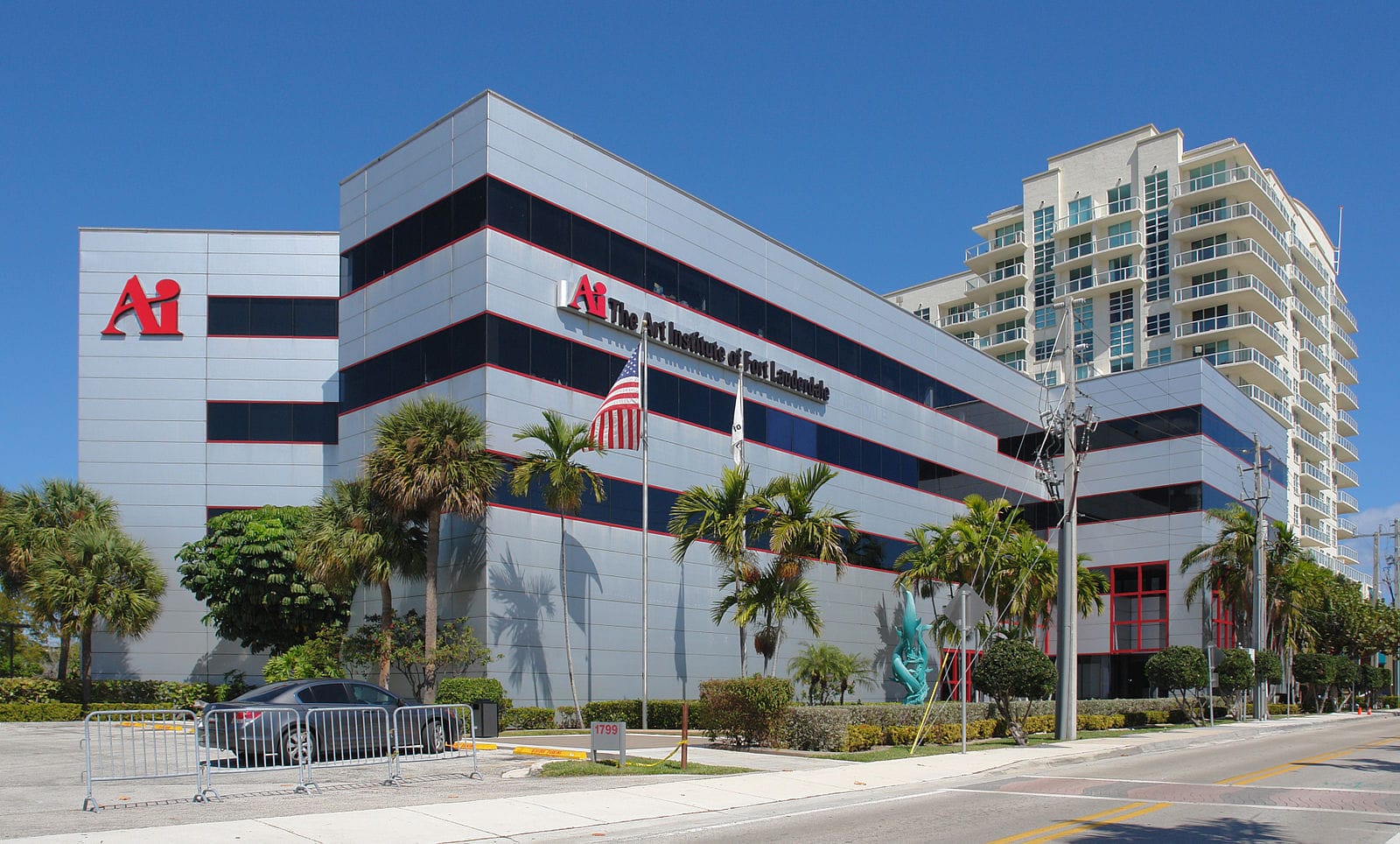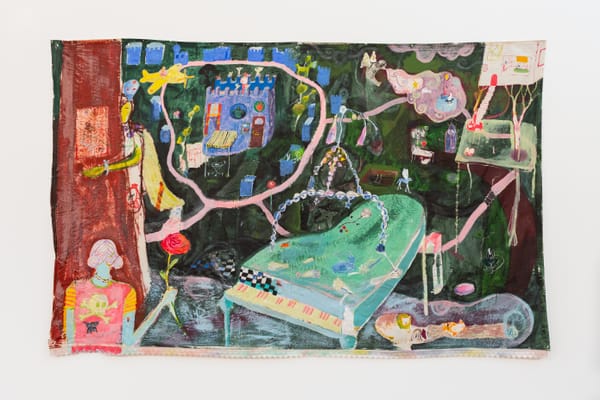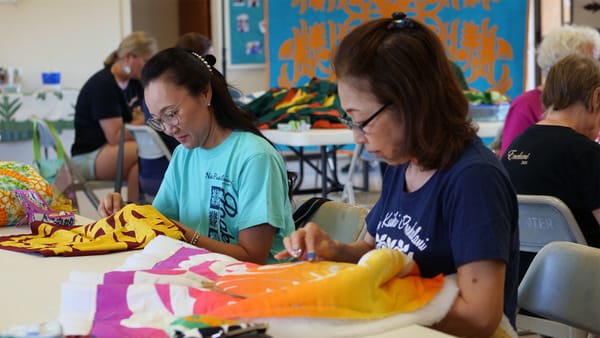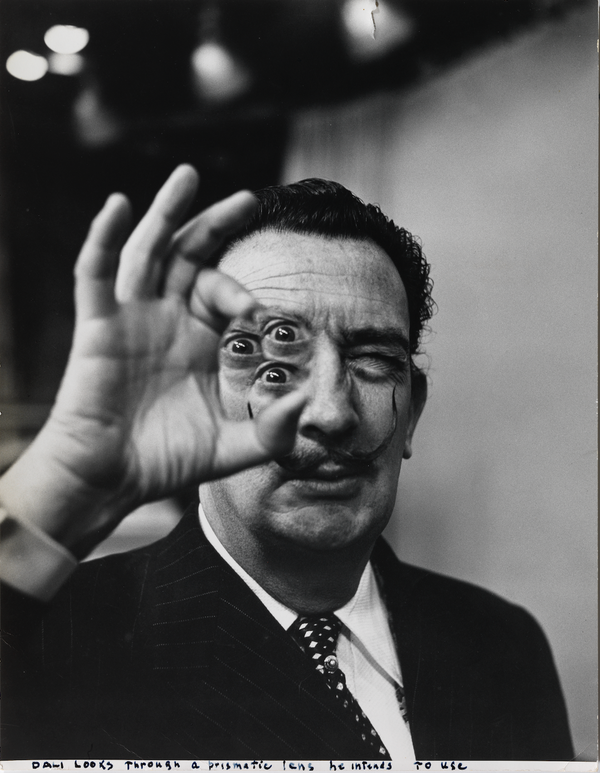Phoenix Art Institute Students Left in the Lurch with Thousands in Student Loan Debt
Under the Closed School Discharge program, students were supposed to have their debts forgiven. That didn't happen, leaving them with tens of thousands of dollars in limbo.

Earlier this year, nearly 26,000 students found themselves academically stranded when 30 college campuses under the control of Dream Center Education Holdings suddenly closed. There were losses across the Christian nonprofit’s three franchises: 18 Art Institutes, nine Argosy University sites, and three South University campuses shuttered without much notice.
The unexpected closure of these for-profit school systems resulted in more than degrees unearned and dreams deferred; many students also found themselves responsible for paying seemingly unsurmountable levels of debt. And students who attended the Art Institute of Phoenix are now reporting that their loan providers are still holding them responsible for tens of thousands dollars, despite qualifying for the complete elimination of federal student debt under a Department of Education program.
Through the Closed School Discharge program, students enrolled when their schools closed — even while on leave of absence or within 120 days of withdrawing from courses — should be granted forgiveness from their federal student loans. Loan service providers are supposed to offer their clients an application that triggers the program, which can often take months to process. (Students are ineligible if they completed their degrees before closure or participated in teach-out or transferred credits to another school.)
But despite their circumstances, students at the Art Institute of Phoenix have received denial letters from their loan companies, which state that they cannot discharge the loans because the Art Institute of Las Vegas is still open.
It’s not clear why that should affect Phoenix students, the majority of whom have never stepped foot on the Las Vegas campus.
One theory about the mixup is that the Art Institute may have mistakingly enrolled students from Phoenix at the wrong school, resulting in the denial; regardless, students looking for financial relief are finding it hard to make their loan providers or the DOE listen to their complaints. And as a result, they are facing down hundreds of dollars in monthly payments to loans for an education they never received.
Brandie Lane, a former student at the Art Institute of Phoenix, was told by her loan servicer, Cornerstone, that her loans were listed for the Vegas campus even though she never attended it. Her loans total about $40,000. She was on forbearance, a temporary stop to payments, but was recently taken off of it. Her $360 monthly payments start July 4.
“I definitely feel like nobody cares,” Lane told the Arizona Republic, explaining that she had also tried to reach out to the Art Institute for help without success.
Dream Center — the Christian nonprofit that had controlled the Art Institute franchise before handing its remaining campuses over to an organization called the Education Principle Foundation in March — has a record of financial troubles. A federal investigation found that the company had appropriated about $13 million earmarked for federal student loans to pay its own debts; Dream Center also owed more than $40 million to creditors. In 2015, the corporation paid $200 million in a settlement after an investigation into its recruiting tactics of enrolling students who had little chance of succeeding.
“It’s just hard to overstate the personal risks and stakes here,” said Congresswoman Susie Lee (D-NV) before the US House Committee on Veterans’ Affairs, Economic Opportunity Subcommittee. “Being told that they don’t qualify for full discharge when in fact they do is the difference between a lifetime of financial ruin or a lifetime of freedom.”
During the meeting, Lee requested that Robin Minor, deputy chief operating officer for Partner Participation and Oversight of Federal Student Aid at the U.S. Department of Education, look into the matter. She also submitted letters from Lane and another former Art Institute student, Christine Anderson, into the record.
Anderson attended school for about two years, studying for an interior design degree. She now owes $30,000 for her time at the Phoenix campus, despite being eligible for debt forgiveness.
“I’m disappointed that I made an agreement to take out a massive amount of money in exchange for receiving an education and a diploma,” she told the Arizona Republic. “Not being allowed to finish the studies I started and not obtaining that degree is very disappointing.”
Meanwhile, the court-appointed receiver, Mark Dottore, who shut down much of Dream Center’s franchises, has asked a judge to approve $2.1 million in legal fees and expenses, which would consume nearly half the cash that Dream Center had on hand as of last month. The bills submitted include pricey hotel suites, airport spa services, and, as the New York Times reports, a to-be-determined charge listed as “Make something up or Charlie.” That’s Charlie Dottore, the receiver’s brother and an employee at his firm.
The Education Department has said it was troubled by the reimbursement requests while Dottore has defended his expenses and fees as typical for his line of work. Other receivers who have reviewed his work have said that the numbers are high but plausible. Nevertheless, his firm did file an amendment reducing its request by $8,600, although it did not specify what expenses it was no longer claiming.





